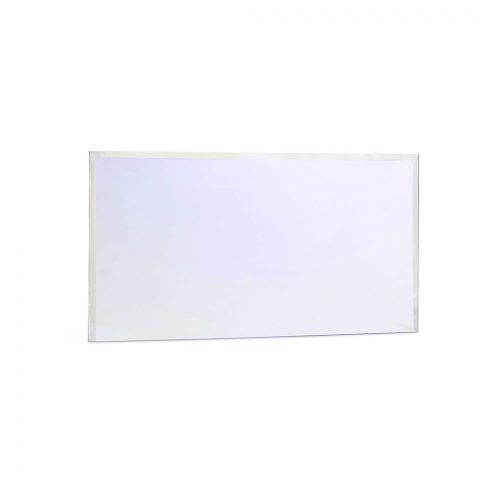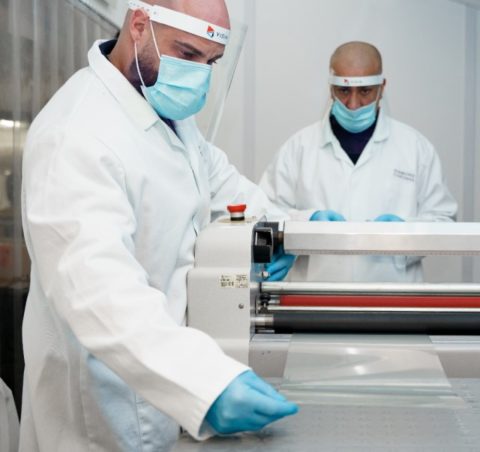
The uses of Anti-reflection Coated Screens
By manipulating the interplay between light and material, anti-reflective coatings virtually eradicate distracting reflections, elevating clarity and visual quality.
Orders placed on December 21st – January 1st will not ship until January 2nd

Why do Diamond Coatings produce ITO coatings at diverse sheet resistances? To explain this, it is best to start with the general sheet resistance definition, the dependence of ITO sheet resistance on coating thickness and the potential effect this has on the coating’s transparency.
Denoted in units of ohms/sq., sheet resistance is the measurement of resistance within thin films of nominally uniform thickness. Commonly utilized to characterize conductive or semi-conductive materials’/coatings’ uniformity (which is, among other things, important for quality assurance, sheet resistance:
The latter essentially means that if a sheet has, for instance, a sheet resistance of 20 ohms/sq., its actual resistance is 20 ohms, irrespective of its size. This in turn means sheet resistance can be employed to compare electrical properties of significantly differently sized devices.
Transparent and highly conductive, indium tin oxide (ITO) coatings can be deposited onto diverse substrates (i.e. glass, acrylic, PET/PEN films and polycarbonate) for many different research and industrial applications including, among others:
Naturally, different applications require different levels of conductivity – and the lower an ITO coating’s sheet resistance, the greater its conductivity. This is, of course, why we produce ITO coatings with varying sheet resistances – and we achieve these different sheet resistances by varying the thickness of the coating, with greater thicknesses resulting in lower sheet resistances.
So, what about the effect of increasing coating thickness on its transparency, or optical transmission? Well, while it should be noted that transmission can drop significantly with increasing thickness in the near-infra red wavelength range, the effect of an increase in thickness on transmission rates is negligible within the visible range.
Need to know more? For more detailed information on ITO coatings, suitable sheet resistance options for your project and more, please feel free to contact us today.

By manipulating the interplay between light and material, anti-reflective coatings virtually eradicate distracting reflections, elevating clarity and visual quality.

An optical coating is a thin film deposited on a surface to alter its optical properties and manipulate the behaviour of light

Can you get abrasion resistant coatings for plastic? The need is obvious and the good news is there is a hard coat option available for acrylics!

Diamond Coatings has earned its place as the leading supplier of AR optical coatings. Here’s why…
If you are interested in any of our products or services, please use the contact form or give us a call, we will be happy to discuss how we may be able to help you.